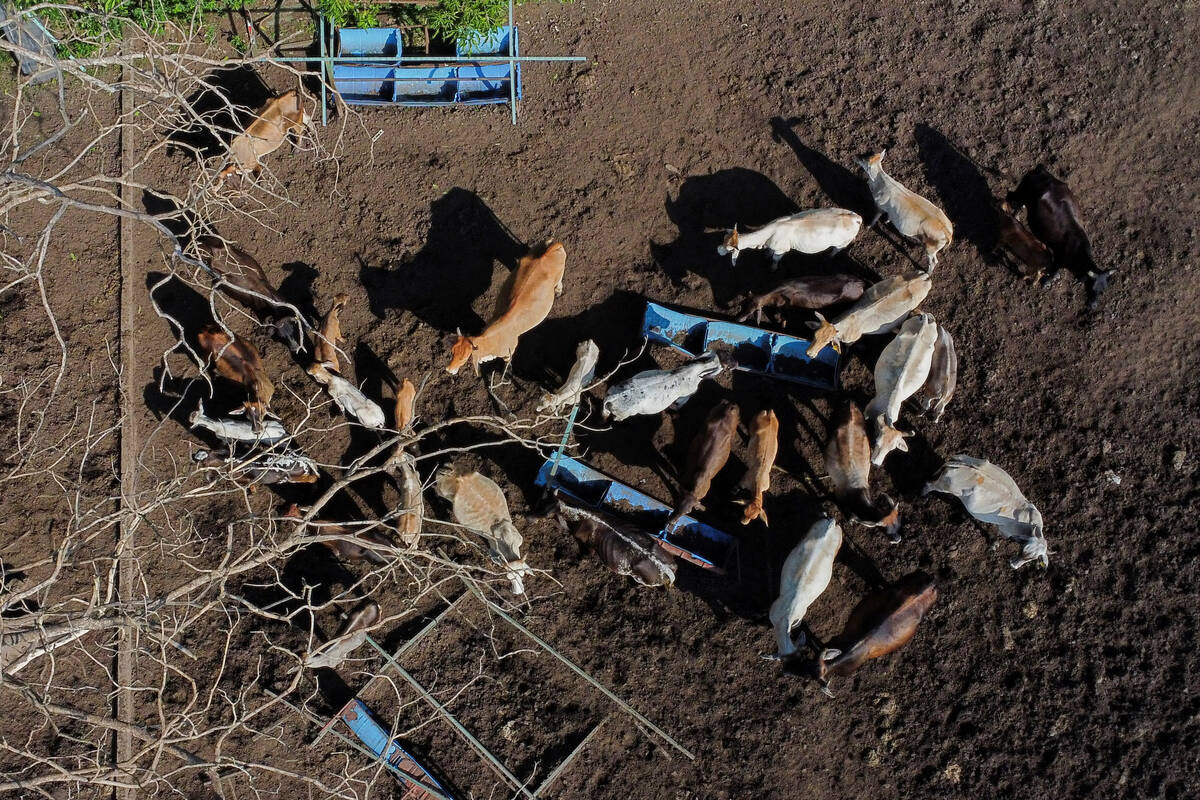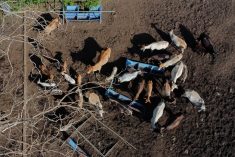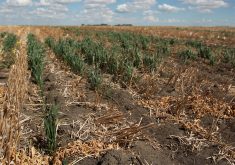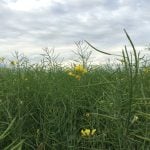Wet weather this year led to an increase in crop diseases, causing many crops to be cut for silage or baled for forage.
Are these diseased crops safe to feed to beef cattle?
“There is limited research on the effects of various crop diseases on the performance and health of beef cattle. But it is known that cereal crops infested with ergot should not be fed to beef cattle in amounts exceeding 0.1 percent of the daily total dry matter intake recommended for each particular animal,” said Bryan Doig, North Battleford, Sask., livestock agrologist.
Read Also

Cattle smuggling worsens outbreak in Mexico
Cattle being smuggled across Mexio’s southern border are making a screworm outbreak much more difficult to control.
Doig said other diseases appear to have low levels of toxins. Diseased crops are still susceptible to the same problems as healthy crops baled and stored under certain conditions.
“If the moisture content in the bale is high enough to cause heating and spoilage, growth and development of certain mould species is favored. These mould species can create dangerous and often deadly mycotoxins that cause a variety of health problems in livestock,” said Doig.
Symptoms may include hemorrhaging, weight loss, swollen genitals, decreased lactation and feed consumption, reproductive problems and death.
Crops should be properly dried and baled at 16 percent moisture content or less.
Doig said dust or spores from the diseased foliage can cause other problems.
“Dust and spores may cause respiratory irritations when cattle consume the diseased forage and some cattle may even develop allergic reactions.”
Some fungal organisms that cause the crop diseases may also irritate the skin and mouth membranes, causing lesions and sores.
Baled field crops should be rolled out before feeding to reduce the amount of spores and dust inhaled. Processing the bales does not reduce dust levels.
Diseased crops should not be the sole forage. Cattle should be offered other sources of good quality hay to dilute the level of the off-quality forage because the nutrient content of the baled diseased field crops generally is lower than non-diseased crops. A feed test is recommended.
“There is little scientific documentation to support the assumption that crop diseases in field crops used as forage cause mycotic abortions – abortions due to toxins – in pregnant cows. To be safe, however, diseased field crops should not be fed to pregnant, lactating or breeding cows. It’s best suited as feed for feeder cattle,” said Doig.
He says if problems occur when feeding diseased crops to cattle, producers should contact a veterinarian, extension agrologist or livestock agrologist to investigate causes.
“It’s important to perform a thorough and complete evaluation of the herd.”














